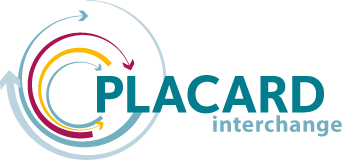Adapting to extremes: Key insights for bridging CCA and DRR in the European Green Deal
Key messages
- Building more resilient societies, including advancing the European Green Deal, should be a central concern as Europe considers its recovery from the coronavirus pandemic. The COVID-19 recovery must be climate-compatible and focus on building long-term resilience, in addition to responding to short-term priorities.
- Climate change adaptation (CCA) and disaster risk reduction (DRR) are important processes for managing future risks and galvanising cooperation between communities, across sectors and scales and beyond borders. Insights from these areas should be leveraged for the European Green Deal and COVID-19 recovery.
- Improving communication, harmonising language, connecting actors, and building structures for cooperation will be essential for a resilient European Green Deal and green COVID-19 recovery. A wealth of tools and approaches are available to take immediate steps. Continued investments are needed to strengthen existing institutions and create new ones to manage risk and promote cooperation in a warming world.
Climate change adaptation (CCA) and disaster risk reduction (DRR) are fundamentally similar enterprises in that they both include reducing the negative impacts of extreme events. Both are concerned with society–risk dynamics and require engagement with complex risk assessments, foresight and strategic planning to build resilience. Yet, the policy communities engaged in each tend to be distinct – key decision-makers sit in different ministries or agencies, and the two communities rely on separate sources of information, funds and use incompatible technical language.
Since 2015, we have worked with technical experts and decision-makers across Europe to understand and promote the benefits of connecting the CCA and DRR communities, and to develop tools and approaches to facilitate further collaboration. Today, as Europe weighs options for promoting a green recovery from the coronavirus pandemic and considers how to make this recovery compatible with the European Green Deal, it is more critical than ever that our foremost ambition is to build resilient societies and systems.
This policy brief presents key insights from the PLACARD project for bridging CCA and DRR. We highlight three areas for action to improve cooperation, and provide recommendations for the European Green Deal. While these perspectives have originated in a European setting, they provide valuable insights across regional and national contexts to support efforts to build more resilient future societies as we adapt to extremes in a warming world.




